Introduction
Back in 2000, when I started my adventure as a cosmetic scientist and formulator working at a contract manufacturer, I was introduced to suppliers and brands that suggested ingestible ingredients as an effective treatment to improve the way our skin, hair and nails looked. We called it at the time the “inside-out” approach to beauty. Although I knew about the association of certain vitamins with skin and hair aspect and quality, the supplements were more complex, from collagen to carotenoids to different phytochemicals with issues related to release, stability, bioavailability, etc.. Mostly because the lack of sufficient clinical evidence and the challenge for suppliers operating in the cosmetic industry to support clinical trials addressing the inside-out approach, many of these ingredients went unnoticed in the bigger picture of beauty and made their way through the nutraceutical market with a certain success, focusing on general wellbeing or wellness. Back in the day, I believed that the predominant dogma of addressing skin care and hair care as a specific target using topical products, almost like skin and hair were disconnected from the rest of our body, slowed down the adoption of a more holistic approach, and the idea to address beauty through an inside-out intervention as well.
A Holistic World
The holistic view of our body has been explored and developed for thousands of years in TCM and Ayurvedic Practice and represents a philosophy of life. We are looking at interactions and equilibrium between our senses, our organs and our external world with its colors and smells, but also with its dangers (pollution and stress in all their form). The notion that we are completely connected as individuals and with the environment is not surprising either. We just lived the disconnect for too long. There is a willing to reconnect to ourselves, our communities and nature. Sounds familiar? This is very much in line with the principle of sustainability, but also with a holistic view of the world where individuals function better as communities. Connections are complex though and not necessarily linear. This is why it is risky to simplify; but in general, we can draw some essential concepts that I think are main takeaways when approaching the skin and hair as part of our body and subjected to its rules.
The Scientist View
First, embryology studies taught us that some organs derive from the same embryonic tissue. When we think about the brain, skin, hair connection we realize that all these organs are derived from the same ectoderm layer during embryogenesis. Although these organs eventually differentiate to assume morphology and function completely different from each other, they do share mechanisms and pathways that are similar and interconnected. Some years ago, this basic understanding allowed scientists to develop concepts around the so-called neurocosmetics or the brain-skin-hair- axis.1,2 These concepts are becoming more prevalent these days since they are helping us to understand how stress and our mind influence our body and our appearance. When stress, either internal (psychological) or external (environmental), hits us, it definitely has an impact on how our skin and hair looks. Although it is common sense, since we have experienced it in the past either ourselves or seeing on other individuals, science is helping now connecting the dots between stress, related neurotransmitters and a physiological change ultimately associated with a condition and/or an appearance (looking good or looking bad).
The Intimate Connection
Stress has been part of my life earlier on (Buddhism believes that since stress or trauma starts with birth and never really goes away, we spend our lifetime to figure out how to reduce it or alleviate it with a goal of trying reach a more balanced, happy state) and I am pretty sure that some of the specific pain I felt in some parts of my body when I was younger were created by my brain: also called a psychosomatic state. I am sure it may have happened to some of you. We generally believe that our mood can influence our organs holistically. There are publications suggesting how a positive or a negative predisposition can affect a condition, even a very serious condition, with the body releasing certain hormones. But what about the skin or the hair and how our mood or senses-related stimuli can affect our look? It was not until reading some articles published in the late 90s by Prof Paul Bigliardi, that I realized that even the skin can change physiologically based on the influence of neurotransmitters (including our very own and not just CBD…). The discovery by Paul of opiate receptors carried deep in the dermis by tiny neuro-fibers was groundbreaking.3 And the intimate connection between these receptors, the transmitters and skin thickness!4 More recently, the presence of smell receptors in the skin and hair triggering physiological changes.5-6 Can our senses change our skin appearance? Probably yes… And what about our hair look and growth? Some recent work is evidencing how the hair follicle and dermal papilla cells can be directed to arrest growth by corticosteroids related molecules,7,8 and how mediators like Cortisol and Cortisol spikes can determine the way our hair grows or sheds.9 We have clinical evidence that by supplementing our body with phytochemical-based supplements we can change the way our hair and skin look.10,11 There is a bigger picture, which as cosmetic scientists we need to consider when creating cosmetic products for skin and hair, and this is our inner self.
Conclusion
Our body is one and our beauty depends on how we treat our body. Nothing deeper than that. Recent scientific discoveries explain how our senses are contributing to our appearance. We investigate how different ingredients, either applied topically or ingested, can help us maintain a healthy body and healthy look. The future is holistic, and science is now on our side!
References
- Theoharides TC, Stewart JM, Taracanova A, Conti P, Zouboulis CC. Neuroendocrinology of the skin. Rev Endocr Metab Disord. 17(3):287-294, 2016
- Paus R. Exploring the “brain-skin connection”: Leads and lessons from the hair follicle. Curr Res Transl Med. 64(4):207-214, 2016
- Bigliardi PL, Bigliardi-Qi M, Buechner S, Rufli T. Expression of mu-opiate receptor in human epidermis and keratinocytes. J Invest Dermatol. 111(2):297-301, 1998
- Neumann C, Bigliardi-Qi M, Widmann C, Bigliardi PL. The delta-opioid receptor affects epidermal homeostasis via ERK-dependent inhibition of transcription factor POU2F3. J Invest Dermatol. 135(2):471-480, 2015
- Ho HK, Bigliardi PL, Stelmashenko O, Ramasamy S, Postlethwaite M, Bigliardi-Qi M. Functionally expressed bitter taste receptor TAS2R14 in human epidermal keratinocytes serves as a chemosensory receptor. Exp Dermatol 30(2):216-225, 2021
- Jimenez F, López E, Bertolini M, Alam M, Chéret J, Westgate G, Rinaldi F, Marzani B, Paus R. Topical odorant application of the specific olfactory receptor OR2AT4 agonist, Sandalore® , improves telogen effluvium-associated parameters. J Cosmet Dermatol. 20(3):784-791, 2021
- Dell’Acqua G, Richards A. Human hair follicle dermal papilla as an in vitro model to study stress-induced hair growth arrest. J Invest Dermatol, in press, 2021
- Ito N, Ito T, Kromminga A, Bettermann A, Takigawa M, Kees F, Straub RH, Paus R. Human hair follicles display a functional equivalent of the hypothalamic-pituitary-adrenal axis and synthesize cortisol. FASEB J 19(10):1332-4, 2005
- Anzelone M, Richards A, Dell’Acqua G. Stress-induced hair loss benefits from a standardized nutraceutical. Naturopathic Doctor News & Review, May 2020
- Ablon G, Kogan S. A six-month, randomized, double-blind, placebo-controlled study evaluating the safety and efficacy of a nutraceutical supplement for promoting hair growth in women with self-perceived thinning hair. J Drugs Dermatol. 17(5):558-565, 2018
- Granger C, Aladren S, Delgado J, Garre A, Trullas C, Gilaberte Y. Prospective Evaluation of the Efficacy of a Food Supplement in Increasing Photoprotection and Improving Selective Markers Related to Skin Photo-Ageing. Dermatol Ther (Heidelb). 10(1):163-178, 2020

After obtaining his PhD in Cell Biology in 1989, Giorgio Dell’Acqua worked for 15 years as an investigator in applied medical research in different institutions including Mount Sinai Medical School in New York and Harvard Medical School in Boston. Moving to the private sector in 2000, he has spent the last 20 years as an executive and cosmetic scientist in the personal care industry. As a consultant, he directed R&D, Science, Product Development and Innovation at contract manufacturers, brands and ingredients companies, specializing in skin and hair care applications. Giorgio Dell’Acqua has helped bring more than 200 successful active ingredients and formulations/products to market, has authored more than 70 publications in medicine and cosmetic science, he is an inventor in many patents, and has been a presenter and a keynote speaker in more than 20 events and conferences in the last 2 years. Some of his recent product development activity has focused on upcycling, prebiotics, adaptogens, clean beauty, and social progress in sustainability. Giorgio Dell’Acqua is an award-winning speaker on natural ingredients and a regular writer on sustainability. He is also the 2021 Chair- Elect for the NY Chapter of the Society of Cosmetic Chemists and its blog producer.




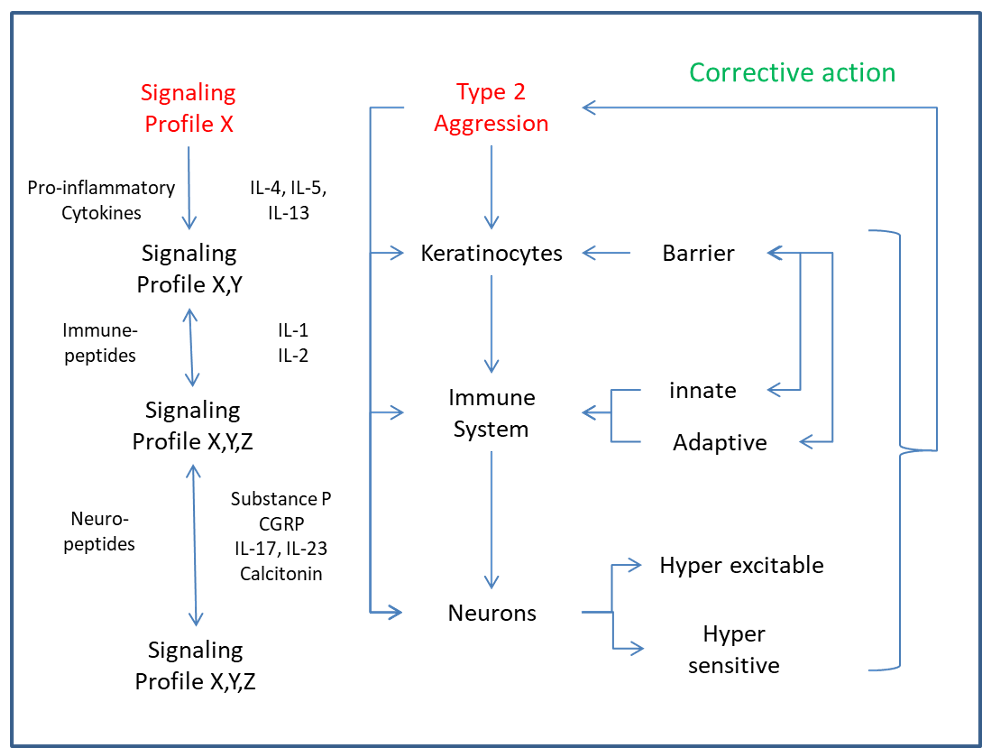
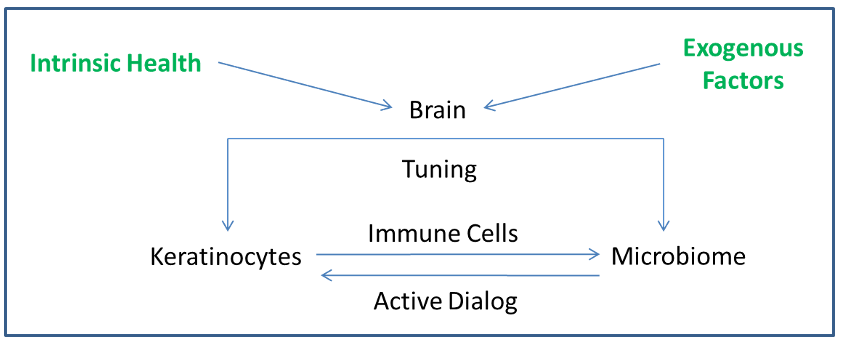

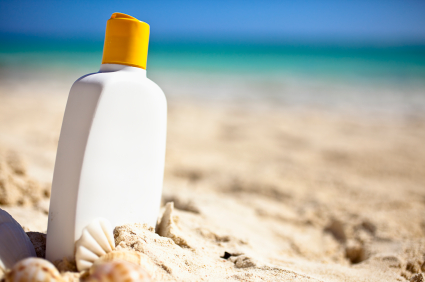

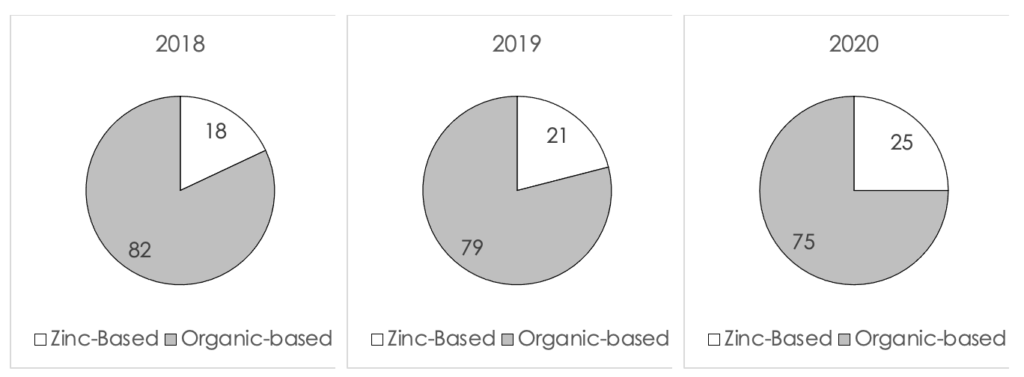
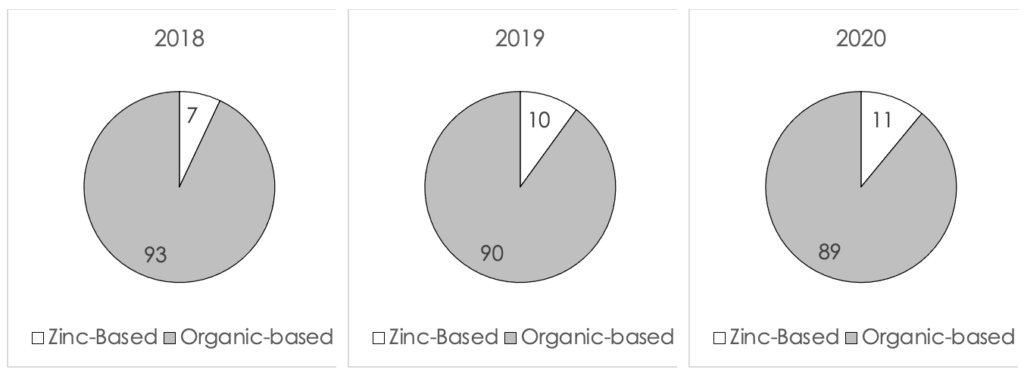
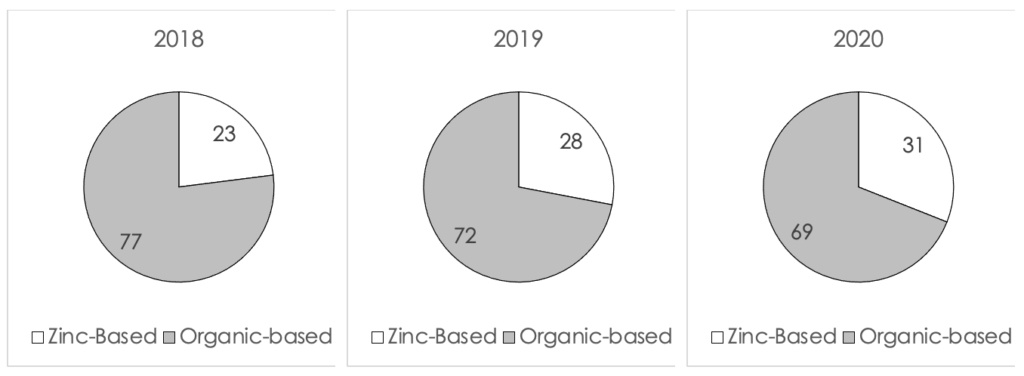

 Amber Evans is a cosmetic industry professional with over a decade of experience and expertise in the science of hair and skin care. In her current role as Senior Manager of Product Development at Moroccanoil, she is responsible for driving the development of high-quality innovative hair & body care products for the successful global brand. She previously worked at as a development scientist at BASF Corporation, where her contributions spanned multiple market segments, including hair, body and oral care, and the technical areas of innovation and claims testing over eight years.
Amber Evans is a cosmetic industry professional with over a decade of experience and expertise in the science of hair and skin care. In her current role as Senior Manager of Product Development at Moroccanoil, she is responsible for driving the development of high-quality innovative hair & body care products for the successful global brand. She previously worked at as a development scientist at BASF Corporation, where her contributions spanned multiple market segments, including hair, body and oral care, and the technical areas of innovation and claims testing over eight years.
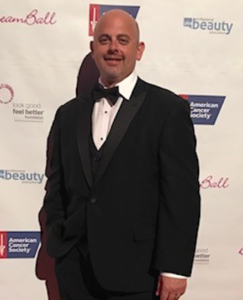

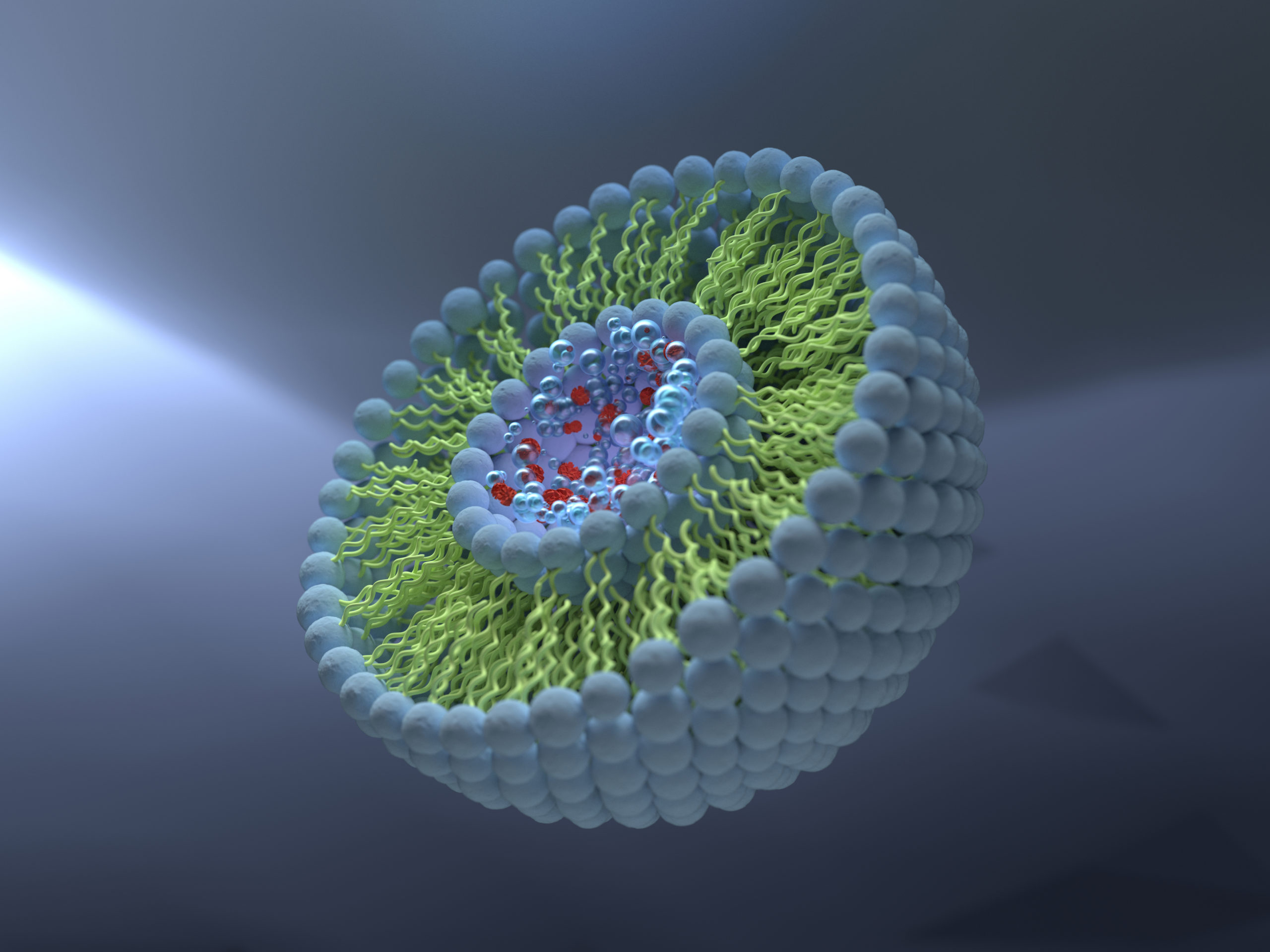
 Roger L. McMullen, Ph.D. – BIO
Roger L. McMullen, Ph.D. – BIO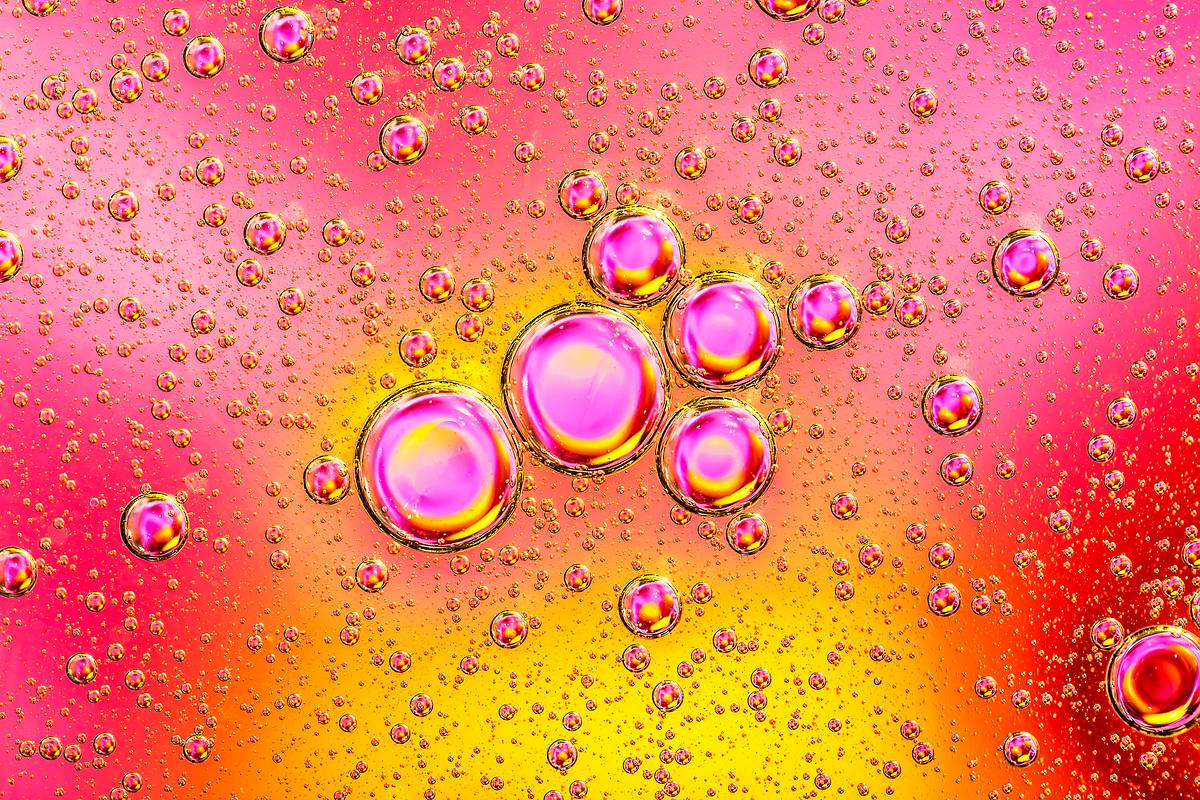

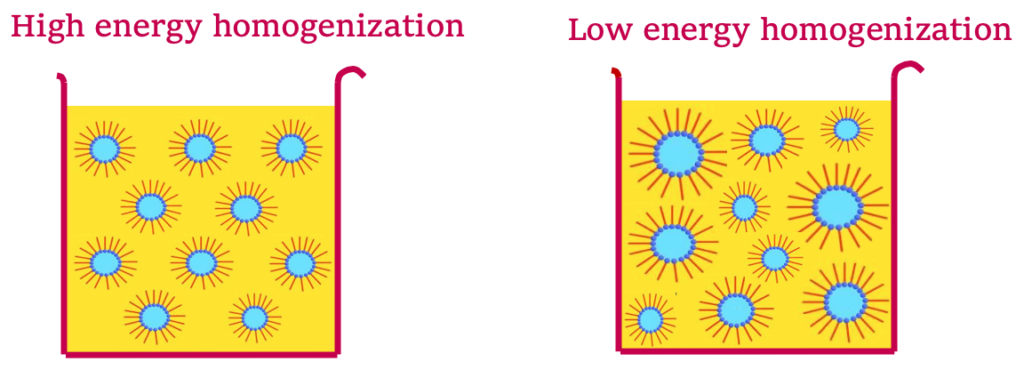
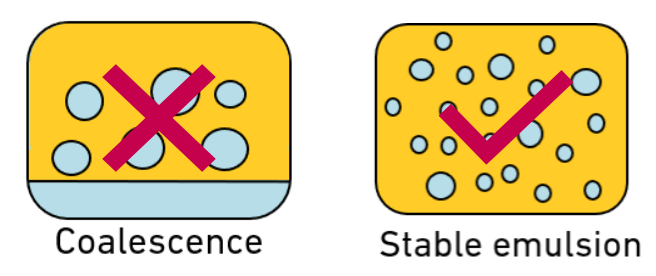

 Leor Fay Tal is the Technical Marketing Leader for the Personal Care division of Gattefossé USA. She delivers information on trends and consumers, provides technical marketing support to the company’s sales teams and agents across North America, Canada, and Mexico, and works to promote knowledge and understanding of the company’s ingredients. Prior to Gattefossé, Leor Fay had worked in the R&D Powder Laboratory and then as the Raw Material Regulatory Affairs Specialist at MANA Products. Leor Fay is also an active member of the NYSCC. She organized the April 2018 event Cosmetics in the Middle East, A Regulatory Perspective and now serves as the Secretary for the executive board.
Leor Fay Tal is the Technical Marketing Leader for the Personal Care division of Gattefossé USA. She delivers information on trends and consumers, provides technical marketing support to the company’s sales teams and agents across North America, Canada, and Mexico, and works to promote knowledge and understanding of the company’s ingredients. Prior to Gattefossé, Leor Fay had worked in the R&D Powder Laboratory and then as the Raw Material Regulatory Affairs Specialist at MANA Products. Leor Fay is also an active member of the NYSCC. She organized the April 2018 event Cosmetics in the Middle East, A Regulatory Perspective and now serves as the Secretary for the executive board. Ben Blinder is the Senior Director for Gattefossé USA – Personal Care Division, where he is responsible for the strategic direction and performance of the cosmetic business for Gattefossé in the US and Mexico. Ben holds a chemical engineering degree from Lehigh University and has been working in the personal care industry for 32 years, with extensive experience in strategic and long-range planning, sales and technical management, and new technology search/discovery. Ben also serves on the NYSCC Scientific Committee.
Ben Blinder is the Senior Director for Gattefossé USA – Personal Care Division, where he is responsible for the strategic direction and performance of the cosmetic business for Gattefossé in the US and Mexico. Ben holds a chemical engineering degree from Lehigh University and has been working in the personal care industry for 32 years, with extensive experience in strategic and long-range planning, sales and technical management, and new technology search/discovery. Ben also serves on the NYSCC Scientific Committee.